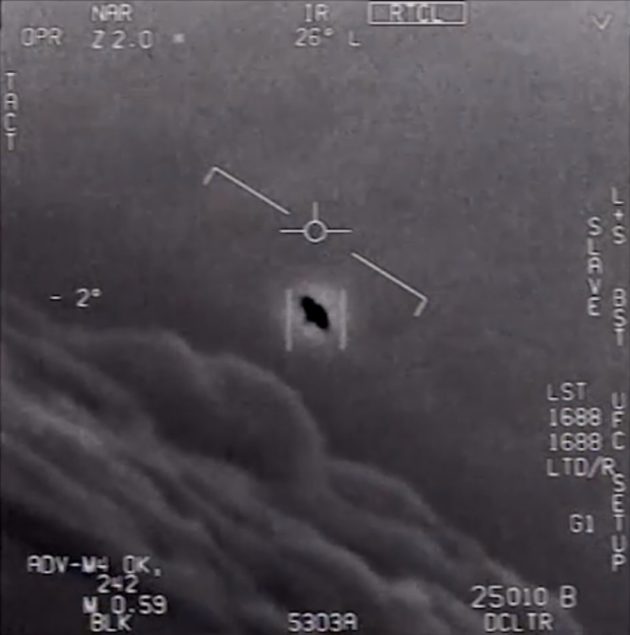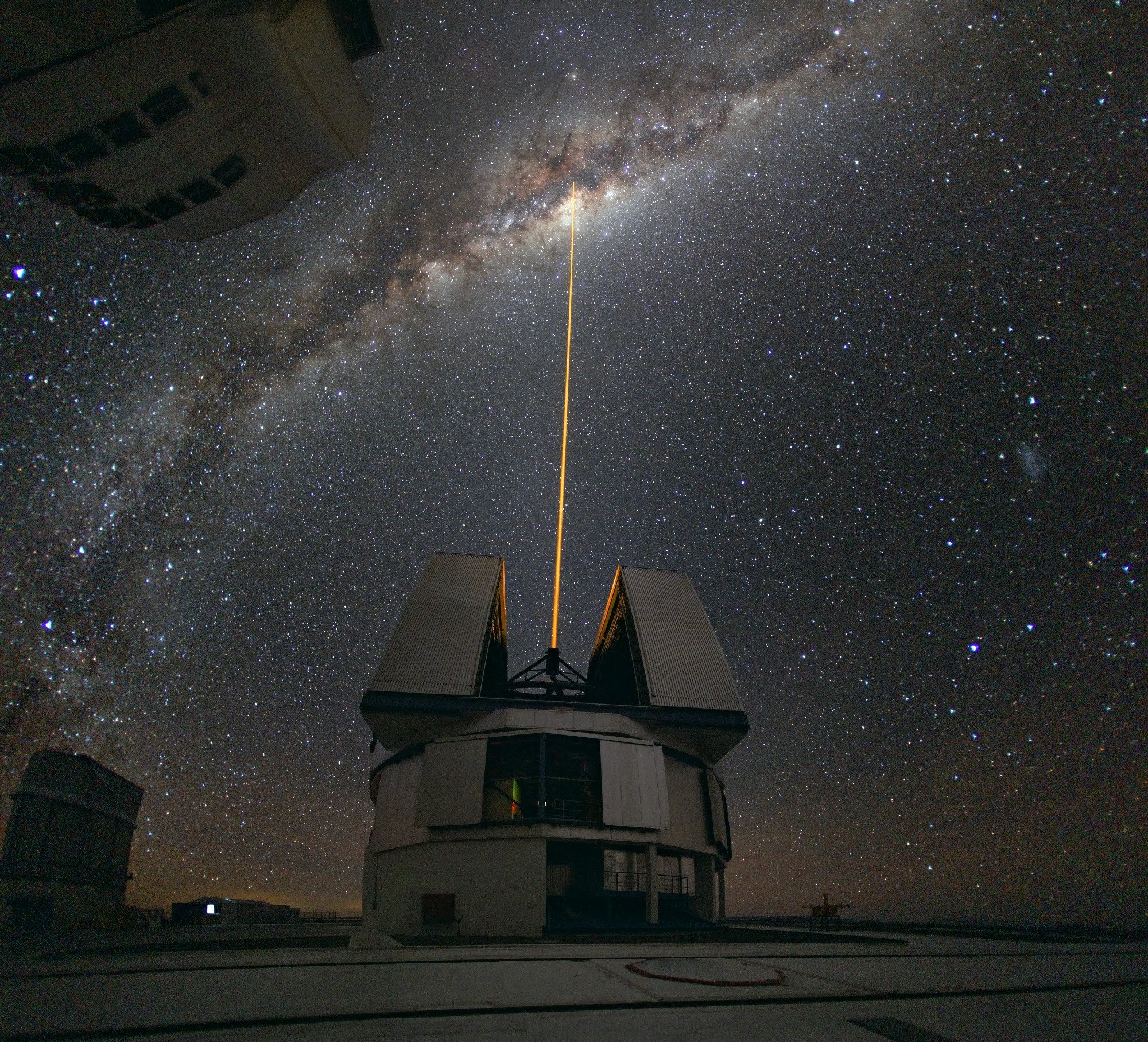Get the real science underlying the search for life elsewhere in the universe. Join astrophysicists and educators from the NC Museum of Natural Sciences for special presentations in the SECU Daily Planet Theater on World UFO Day.
Noon – UFOs and Our Place in the Universe
Dr. Rachel Smith, Head of the Astronomy & Astrophysics Research Lab, Curator of Meteorites, and professor at Appalachian State University
New observations of UFOs, or “unidentified flying objects”, have recently crept into our daily newsfeeds and discourse, shining new light on the age-old question, Are we alone in the Universe? Dr. Rachel Smith will discuss the science and the myth that surround UFOs, and how they fit within humanity’s ongoing search for extraterrestrial intelligence (SETI).
 An unexplained object is seen at center as it flies among the clouds. (U.S. Department of Defense.)
An unexplained object is seen at center as it flies among the clouds. (U.S. Department of Defense.)1:00 pm – Where Should We Look for Life in the Milky Way?
Dr. Patrick Treuthardt, Assistant Head of the Astronomy & Astrophysics Research Lab
The habitable zone of a star is a surrounding region where an orbiting planet could potentially support liquid water, a necessary component for Earth-like life. Does the Milky Way have a galactic habitable zone, a region in our galaxy where conditions may make life more probable? I will discuss some of the broad, galactic-scale parameters used to determine where in the Milky Way we will be more likely to find terrestrial planets in an environment where life could potentially develop, evolve and advance.
 A laser beam towards the Milky Way’s center emitted from an observatory, with the Milky Way galaxy in the background. (ESO/Y. Beletsky)
A laser beam towards the Milky Way’s center emitted from an observatory, with the Milky Way galaxy in the background. (ESO/Y. Beletsky)

